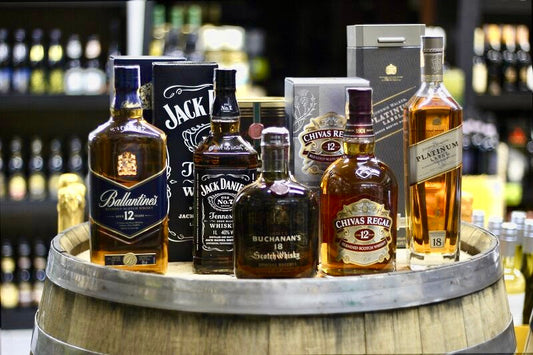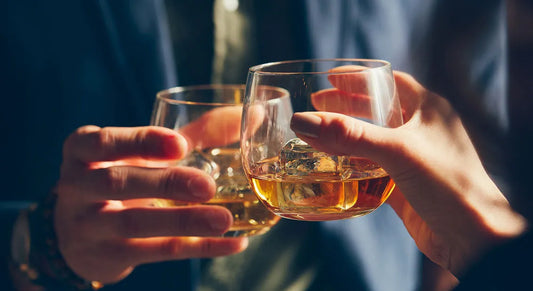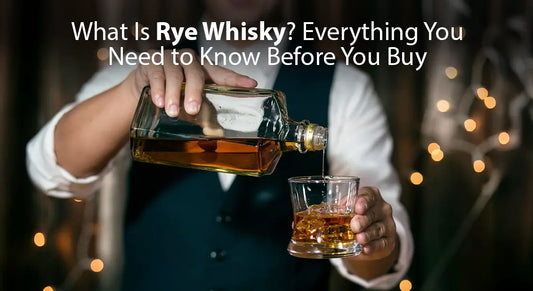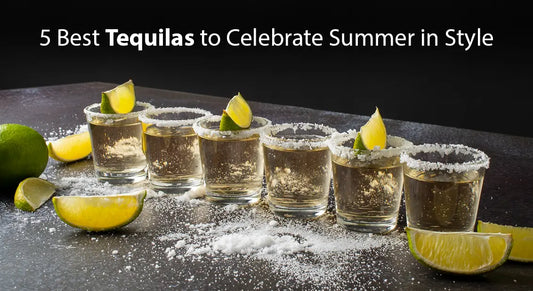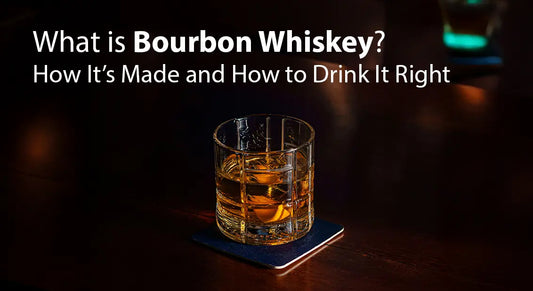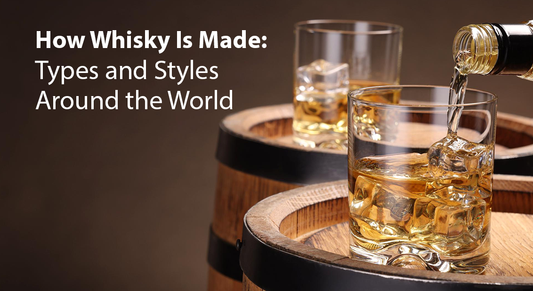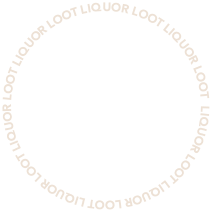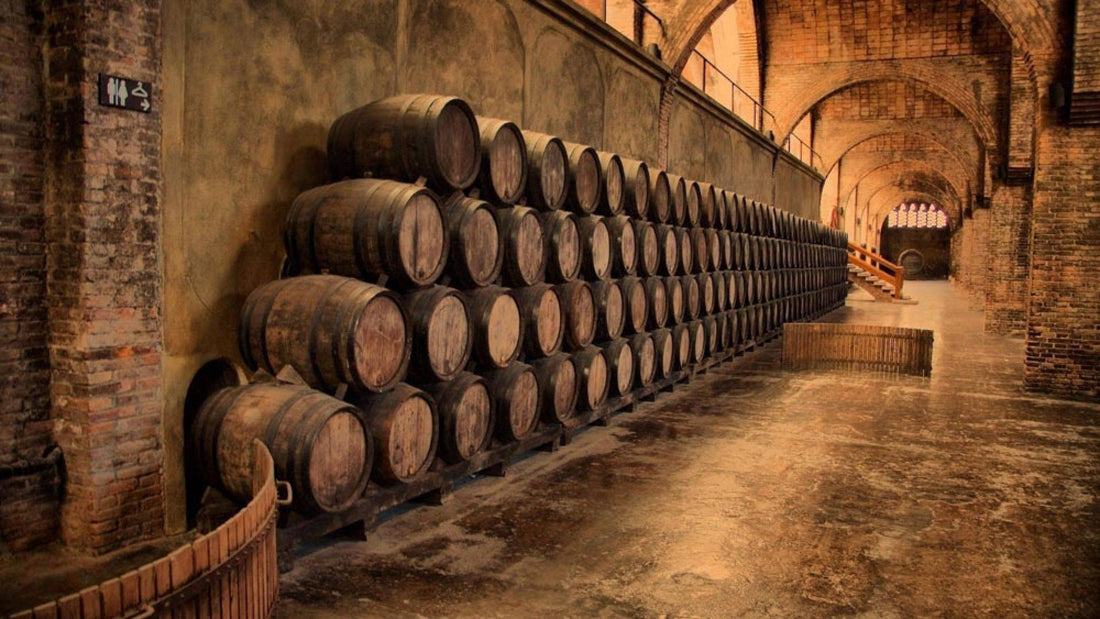
Solera Ageing for Whisky
One of the biggest struggles any distiller ever deals with is consistency. With a product made from natural ingredients and time, affected by the environment, how do you ensure that every batch tastes recognisably similar to the last?
And if you’re a small distiller, how do you deal with the long lead time until your first batch is on the market? Waiting three years or more to sell your first bottles can be a challenge when you’re trying to keep the lights on.
The answer to both quandaries comes in a relatively new technique to hit the whisky world: solera ageing.
Wine Wisdom
The solera system is a technique that’s been used in winemaking for a few centuries now. It’s most commonly used with sherry as a way to age and blend the fortified wine all at the same time.
Given that whisky producers struggle with many of the same problems as sherry vintners when it comes to getting a consistent product that minimises delays between fermentation and sale, it’s no wonder that distillers have adopted the process.
Since solera aging is closely tied to consistency in flavour, many expressions in our blended whisky selection showcase similar balance.
How It Works
Solera ageing is a little baffling, but simple enough when you get the hang of it.
Take a row of barrels (traditionally called a ‘scale’). Fill them all up with your whisky. Let it age for a bit.
Stack another row of barrels on top of that first one. Fill them up. Row 2 now consists of whisky a bit younger than that of Row 1.
Add another row of barrels on top of that. Fill them with still younger whisky.
Repeat as desired—soleras often stack 8 or 10 rows high.

Now it’s time to start bottling, and this is where it starts getting tricky.
Bottle about half of whatever’s in that first row of barrels. You can sell this as straight whisky of whatever age you’ve reached—call it five years.
Now, draw half the whisky out of Row 2 and put it into the half-empty barrels in Row 1. Continue doing this, drawing half the whisky out of each row of barrels and using it to refill the barrels one row below. When you reach the top row, top them up with new whisky.
Every year or so, repeat the process to draw off more whisky from the bottom barrels, move the whisky down a row, and top off with new at the top.
Of course, you can no longer sell that bottled whisky as being the age of the first fill of the bottom row—there’s younger whisky mixed in there. Legally, you can only sell it as being the age of the youngest whisky in the mix.
So why would a distiller do this, if you’re making the whisky a bit younger by blending it?
Because you’re also making it more consistent by blending it, and you’re improving the younger whisky by letting it adopt some of the qualities of the older, longer-aged whisky from the barrels below.
The first few bottlings from a solera system may be a little harsh, but as you keep moving whisky down the rows and getting more and more complex blends, the quality goes way up.
Technically, the process never ends—you always have a bit of the original whisky in that bottom row of barrels, and you just keep adding to the complexity over and over again.
The Easy Way
Of course, humans are ingenious buggers, and we always try to come up with easier, more efficient ways to do things.
Solera aging is no exception!
Rather than filling up individual barrels in stacked rows like sherry makers do, whisky distillers (and rum distillers, who use a similar technique) often fill giant vats.
Johnnie Walker may have used this technique back in the 19th century, and Glenfiddich uses it today. They fill large vats with whiskys that have specific qualities, then draw off half the booze for bottling. The vat is then topped up again with new whisky that has a similar character and left to age until the next bottling.
At Glenfiddich, they’ll age whisky in huge barrels known as ‘tuns’, then pour half of the contents of each tun into the solera vat, which is never less than half full of older batches of whisky. From there, half of the blend is bottled and the process starts over again.
Pros and Cons
Solera aging has a lot of advantages for distillers.
You can get a more consistent product by blending older whiskys into your newer batches, ensuring that eager drinkers always get the character they’re expecting.
You can also experiment with adding layers of flavour by changing the type of barrels you use on different rows. Think of starting out in virgin oak, then moving down to a row of port barrels, then back to virgin oak, then to a row of used bourbon barrels.
Finally, although you can’t sell the whisky coming off the bottom row as 20-year aged even if you’ve had the solera in place that long, you can get a more complex flavour out of your eight-year blend than you could from blending different batches of strictly eight-year-old booze.
There are some downsides, though.
Solera aging ties up a lot of barrels, pretty much indefinitely. You have to be very committed to go with a solera process, because all those expensive barrels are going to be stacked up in your distillery basically forever.

You have to label the final bottled product with the age of the youngest whisky used in the blend. So you need to keep track of how old every row in your solera is and label accordingly. Some drinkers may not want what seems to be a five-year whisky, but smart labelling can allow you to make clear that it’s a five-year solera blend, with some components being up to 20 years old, say.
This is a bit different from traditional sherry aging, which averages out the ages of the various rows to reach a final age statement. Because whisky age statements are regulated by law, you can’t average them out—you have to label with the youngest whisky in the blend.
You also need to be willing to lose some whisky in the process. Because you’re only bottling a quarter to a half of your product at any time, leaving the rest to continue aging in the solera rig, you can’t just age 10 barrels for 10 years and call it done. For every barrel of finished product, you’ve got to have two to four barrels in the solera system, aging away.
This all adds up to mean that solera aging is rather expensive, though it does often produce a superior sip because of all the balancing and blending that happens automatically during the process.
Try It
Want to find out what all the hype is about with this increasingly trendy aging process?
There’s plenty of different whiskys to try!
Limeburners Infinity Single Malt Whisky from Great Southern Distilling Company in Albany, Western Australia is one of the first solera whiskys to be made in Australia. It’s aged up to eight years and matured in port barrels for an added depth of flavour that’s hard to come by in whiskys under 12 years old. The combination of the solera process and the port finish give it a delicious hint of fruity, citrusy flavour with a touch of vanilla. Add some water or put it on the rocks and you may notice vanilla and caramel.
Starward in Port Melbourne, Victoria, offers another fantastic solera whisky made with Australian barley and local barrels. The whisky starts off tasting a bit of dark dried fruit, like figs and raisins, then takes on some creamy, nutty nuances before hitting a peppery finish.
Glenfiddich 15-Year Solera takes full advantage of the versatility of the solera process to use several different types of barrels: American bourbon, Portuguese sherry, and virgin oak. This gives it an immensely complex flavour profile that you could spend hours exploring. There’s a bit of smoke from the bourbon barrels, some fruity sweetness from the sherry, and a spicy, oaky finish. Many solera-aged whiskies start in ex-bourbon barrels — check out our bourbon whiskies to taste what makes these casks so impactful.
